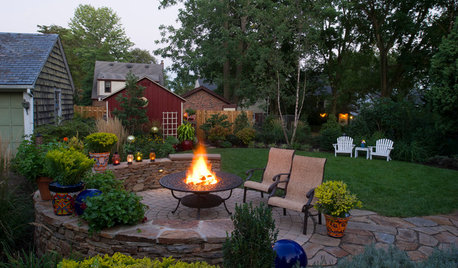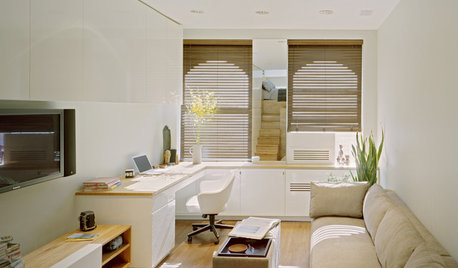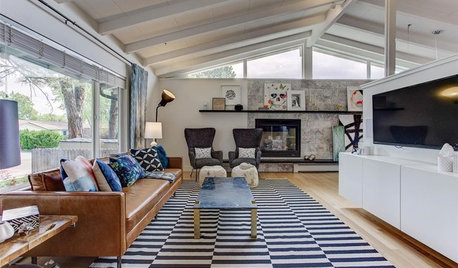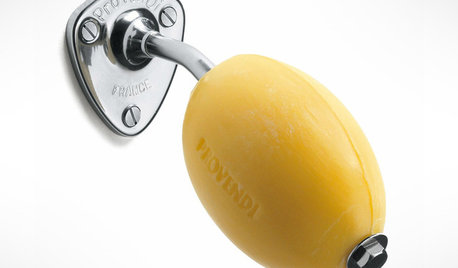Dual Fuel Heat Pump Settings
nocdavis
9 years ago
Related Stories

GREEN BUILDINGHouzz Tour: Passive House in Vermont Slashes Heating Bills
Its ecofriendly, low-maintenance design leaves a family with more time to relax and enjoy the weekend home
Full Story
GREAT HOME PROJECTSHow to Add a Radiant Heat System
Enjoy comfy, consistent temperatures and maybe even energy savings with hydronic heating and cooling
Full Story
HOUSEKEEPING5 Steps to Improve Your Heating System Now
Increase your heater's efficiency and safety for lower energy bills and greater peace of mind this winter
Full Story
GREEN BUILDINGInsulation Basics: Heat, R-Value and the Building Envelope
Learn how heat moves through a home and the materials that can stop it, to make sure your insulation is as effective as you think
Full Story
GARDENING AND LANDSCAPING7 Outdoor Fire Features Fuel the Soul
Spark some backyard bonding with a fireplace or fire pit, taking inspiration from these shining examples of great design
Full Story
LIFEHow to Prepare for and Live With a Power Outage
When electricity loss puts food, water and heat in jeopardy, don't be in the dark about how to stay as safe and comfortable as possible
Full Story
SMALL HOMESCan You Live a Full Life in 220 Square Feet?
Adjusting mind-sets along with furniture may be the key to happiness for tiny-home dwellers
Full Story
MOST POPULARHow High Should You Mount Your TV?
Today we look at an important question to consider when locating your television: How high should you set it?
Full Story
BATHROOM VANITIESBetter Places to Stash That Soap
Banish gloppy bars and flimsy pumps, and the only things you’ll need to clean are your hands
Full Story
GREAT HOME PROJECTSHow to Add a Solar Water Heater
Lower energy bills without a major renovation by putting the sun to work heating your home’s water
Full StorySponsored
Most Skilled Home Improvement Specialists in Franklin County
More Discussions






tigerdunes
nocdavisOriginal Author
Related Professionals
Carson Solar Energy Systems · Carson Solar Energy Systems · Chanhassen Solar Energy Systems · Laguna Woods Solar Energy Systems · Bedford Home Automation & Home Media · Burr Ridge Home Automation & Home Media · Clearwater Home Automation & Home Media · Dallas Home Automation & Home Media · Lakeway Home Automation & Home Media · Novi Home Automation & Home Media · Pittsburgh Home Automation & Home Media · Pittsburgh Home Automation & Home Media · Poway Home Automation & Home Media · Tarpon Springs Home Automation & Home Media · Worcester Electricianstigerdunes
SaltiDawg
nocdavisOriginal Author
tigerdunes
tigerdunes
SaltiDawg
nocdavisOriginal Author
mike_home
tigerdunes
nocdavisOriginal Author
nocdavisOriginal Author
tigerdunes
tigerdunes
nocdavisOriginal Author
JayWinter